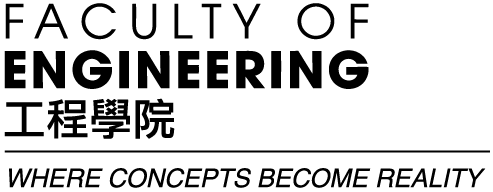Guest Speaker: Prof. Wei-Xi Huang
School of Aerospace Engineering, Tsinghua University
Prof. Huang’s research focus is on numerical study of turbulent flows on complex boundaries. Prof. Huang is also interested in computational biofluid mechanics. He has been developing computational methods for fluid-flexible body interactions, with the goal of simulating and obtaining physical insight into problems from biomechanics. Prof. Huang received the National Natural Science Foundation of China for Excellent Young Scientists in 2013. He is now the associate editor of Journal of Mechanical Science and Technology and Proc. Inst. Mech. Eng.-Part C: Journal of Mechanical Engineering Science. He is also in the editorial boards of International Journal of Heat and Fluid Flow, Journal of Hydrodynamics, and Theoretical and Applied Mechanics Letters.
Abstract
To improve the performance of UUV and MAV, it is important to understand the flying and swimming mechanisms. This talk first reviews the research hotspots of flying and swimming in recent years. Since such problems bring a big challenge in numerical methods, a brief introduction to the immersed boundary method is given. Furthermore, recent progress in mosquito flight, tuna swimming and batoid swimming, as typical examples, will be presented. Evolution and interaction of specific vortical structures, and their quantitative contributions to the lift/thrust generation, are illustrated, with the purpose of disclosing the secrets of flying and swimming in nature.










